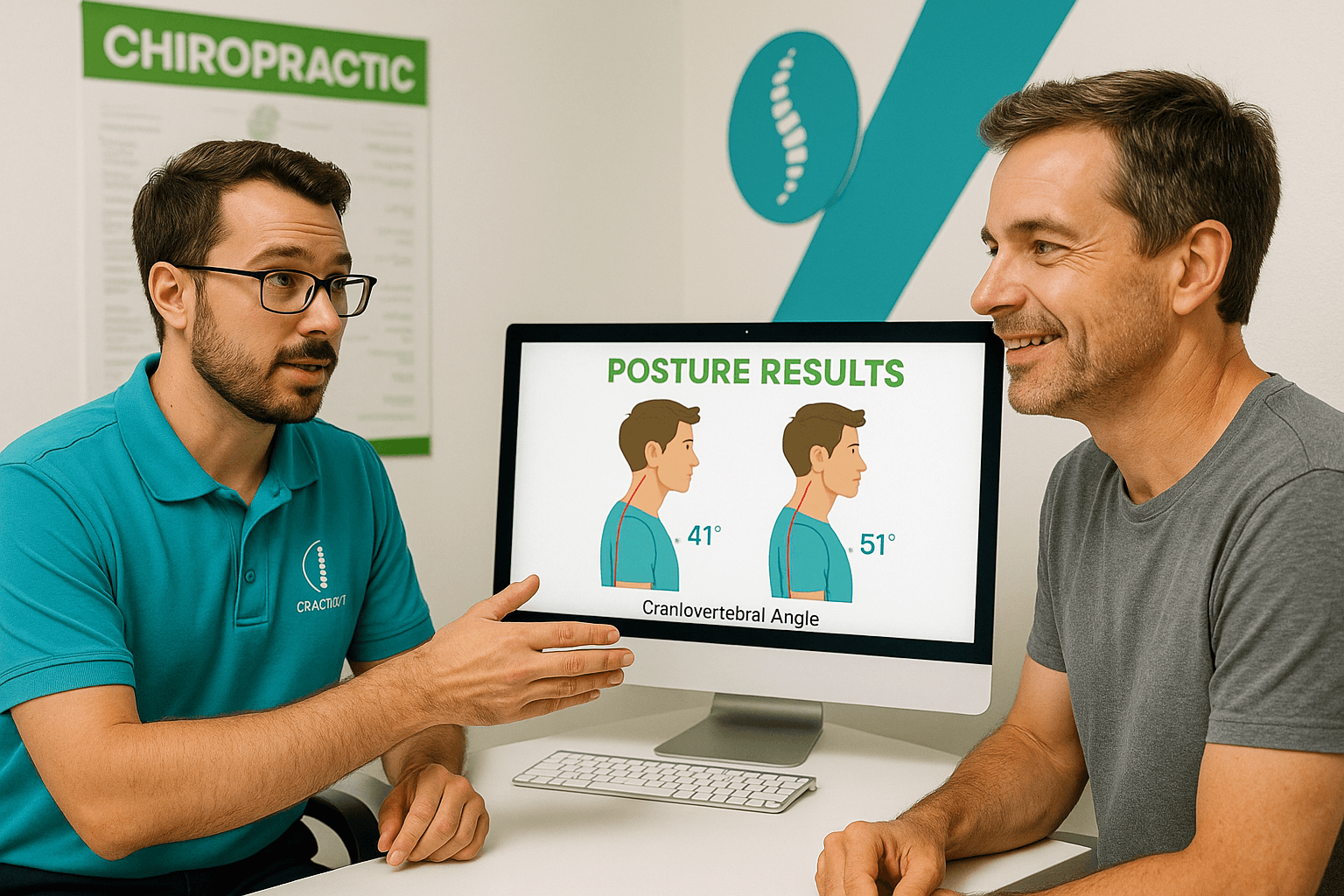Introduction
Most people wait for pain to scream before they pay attention to their posture—but what if you could spot trouble brewing long before the aches and stiffness show up? Learning how to identify subtle postural imbalances is your secret weapon against chronic pain, fatigue, and injury. In this guide, you’ll discover the early warning signs and practical steps to keep your body aligned, strong, and pain-free.
Jump to:
TLDR – Quick Guide
- Postural imbalances are often silent at first: You may not feel pain until problems have built up over time.
- Early signs include uneven shoulders, hips, or head tilt: Minor asymmetries can signal big issues later.
- Self-checks and posture photos reveal hidden patterns: No fancy equipment required.
- Professional assessments provide deeper insights: Experts can spot misalignments the mirror misses.
- Correcting imbalances early prevents long-term pain and injury.
Detailed Breakdown
Why Are Subtle Postural Imbalances So Dangerous?
Because your body is a master of compensation, you can develop significant misalignments long before you notice any pain. Your muscles, joints, and even your nervous system will quietly adjust to keep you moving—until one day, a small imbalance turns into a big problem.
Common Early Signs of Postural Imbalance
- Uneven Shoulders or Hips: Look in the mirror—does one shoulder sit higher? Are your hips level, or does one side seem raised?
- Head Tilt or Forward Head: Is your head centered over your spine, or does it lean or jut forward?
- Asymmetrical Gait: Watch yourself walk—do your arms swing evenly, or does one foot flare out?
- Worn Shoe Soles: Check the bottom of your shoes for uneven wear patterns; it’s a classic sign of weight imbalance.
- Constantly Adjusting Position: Do you frequently shift, cross legs, or lean to one side when sitting?
Simple Self-Checks to Identify Imbalances
- The Wall Test:
Stand with your back against a wall. Your heels, buttocks, shoulders, and head should touch the wall. If you notice gaps or find it uncomfortable, you might have subtle misalignments. - Posture Photo Audit:
Take photos from the front, side, and back while standing naturally. Are your ears over your shoulders? Is your spine straight, or does it curve? Tiny shifts here can reveal hidden problems. - Balance on One Foot:
Try standing on one foot for 10 seconds. Wobbling, hip dropping, or ankle turning could signal weak stabilizing muscles or compensations. - Check Your Desk Set-Up:
If you catch yourself leaning into the screen or hunching your shoulders, your workstation may be encouraging poor posture.
When to Seek Professional Assessment
If your self-checks reveal imbalances—or if you have a family history of posture-related problems—it’s worth booking an expert assessment. Chiropractors, physiotherapists, and movement specialists use tools like digital posture analysis, flexibility tests, and movement screens to catch what your mirror can’t.
What Happens If You Ignore the Early Signs?
Subtle imbalances may seem harmless, but over time they strain your muscles, compress nerves, and wear down joints. This often leads to chronic pain, headaches, and injuries that could have been prevented with early intervention.
Steps to Start Correcting Imbalances Now
- Practice mindful posture daily: Avoid looking down when possible. E.g. when using your phone, lift it to shoulder height.
- Add mobility and strengthening exercises: Gentle stretching, and core work help restore balance and strength.
- Adjust your workspace: Set your monitor at eye level and keep feet flat on the floor.
- Take movement breaks: Get up and move every 30–60 minutes to reset your posture.
- Consider professional guidance: A personalized correction plan can accelerate results and prevent future issues.
Key Takeaways
- Identifying subtle postural imbalances early is the key to a pain-free, active life.
- Simple self-checks and mindful habits make a big difference, but professional assessment offers the most thorough prevention.
- Don’t wait for pain to be your wake-up call—spot the warning signs now and set your body up for long-term health.
FAQs
1. What causes subtle postural imbalances?
Imbalances can be caused by repetitive activities, poor ergonomics, injuries, carrying bags on one side, or simply long hours of sitting.
2. Can I correct postural imbalances on my own?
Mild cases often improve with targeted exercises and mindful habits, but a professional can help you identify and address deeper issues.
3. Are children at risk for postural imbalances?
Yes, especially with increased device use and heavy backpacks. Early checks and habits can prevent lifelong problems.
4. How often should I check my posture?
A quick self-check once a month, plus regular awareness during daily activities, helps catch small changes before they become big problems.
5. Will fixing my posture help with pain I already have?
In many cases, yes. Addressing imbalances can relieve existing pain and prevent new discomfort from developing.






